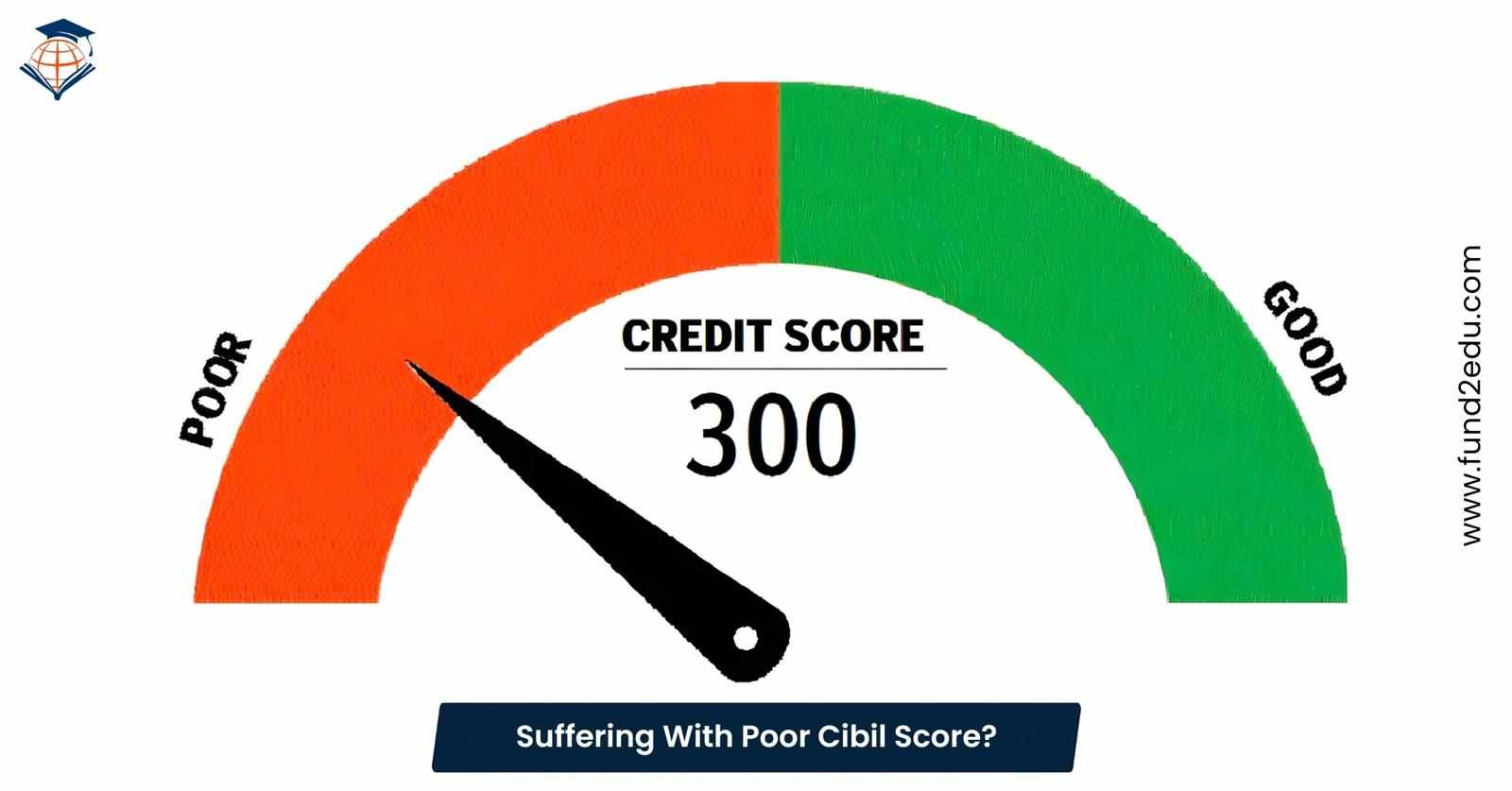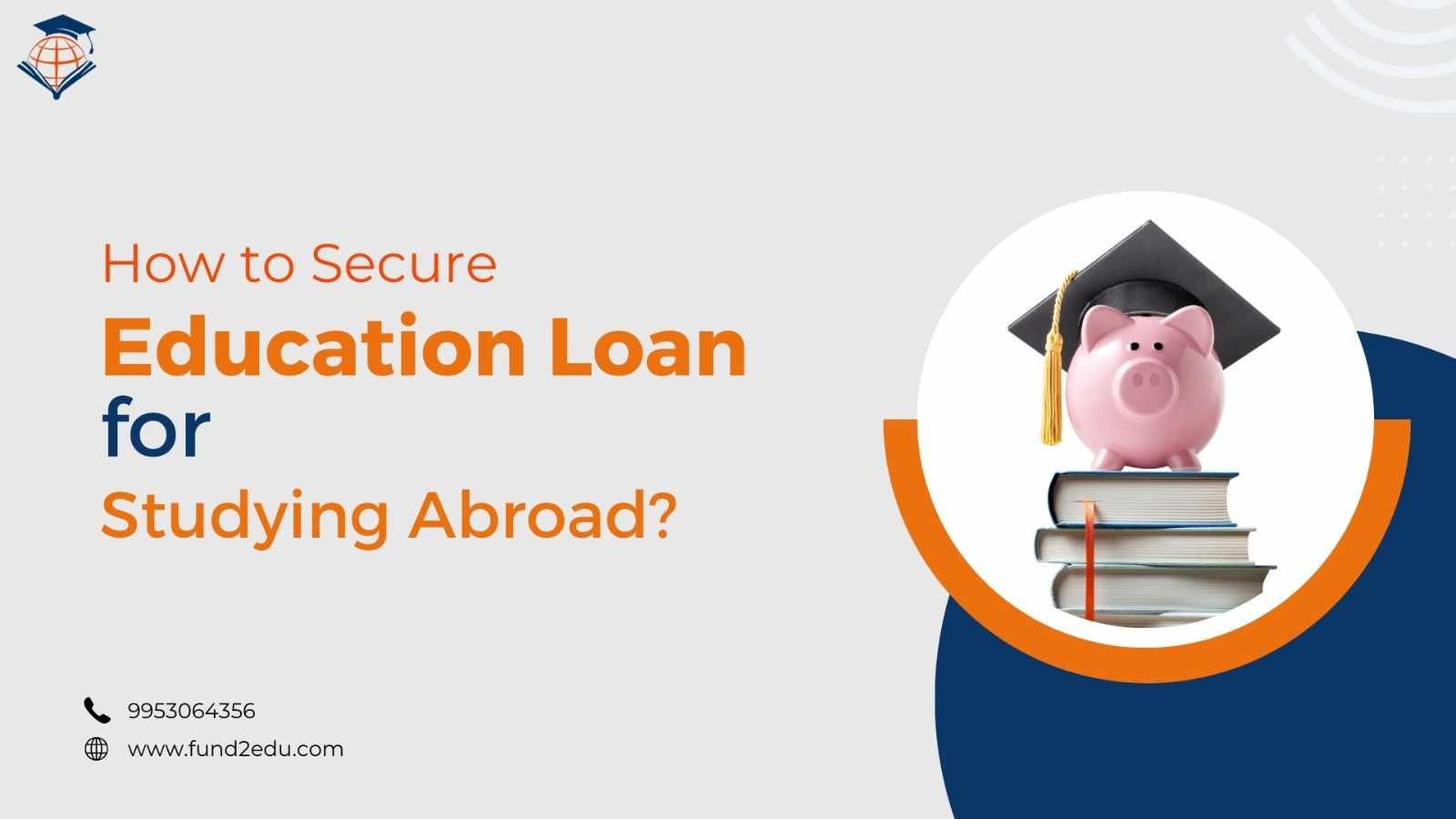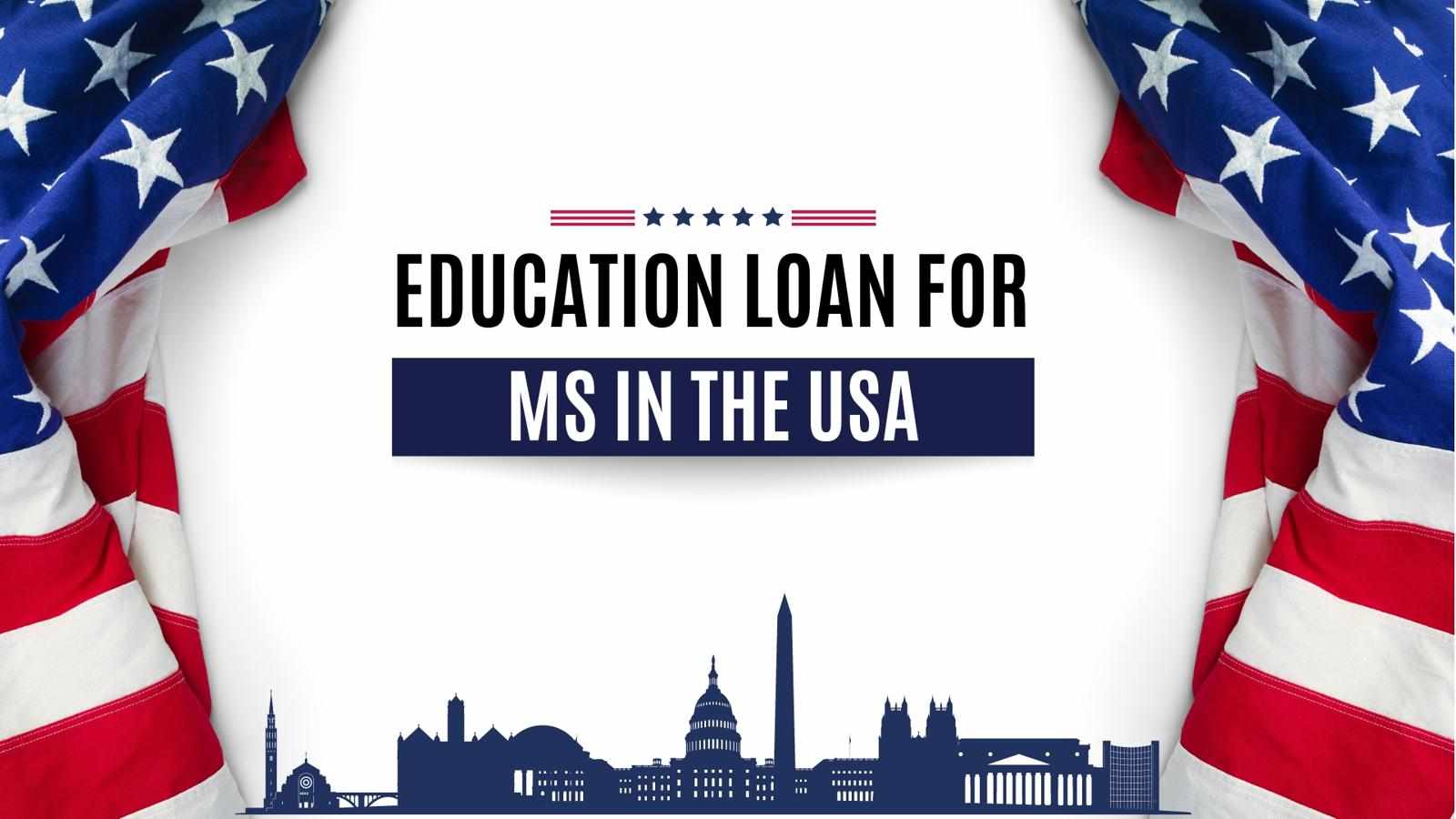
In today's globalized world, pursuing higher education abroad is a dream for many. However, the high costs associated with international education often make it seem unattainable. Tuition fees, living expenses, travel costs, and other miscellaneous expenses can quickly add up, creating a financial barrier that deters many aspiring students. This is where education loans come into play, acting as a crucial enabler for students to access quality education overseas. Let's explore how education loans are making studying abroad possible for everyone.
Bridging the Financial Gap
High Costs of International Education
Studying abroad can be prohibitively expensive. Countries like the United States, the United Kingdom, Canada, and Australia are renowned for their educational institutions but also come with high tuition fees and living costs. For instance, an undergraduate degree in the US can cost anywhere from $20,000 to $50,000 per year, excluding living expenses. This significant financial requirement can be a major hurdle for many families.
The Role of Education Loans
Education loans are designed to cover these high costs, allowing students to pursue their academic goals without the immediate financial burden. These loans typically cover tuition fees, accommodation, travel expenses, study materials, and sometimes even daily living expenses. By providing the necessary funds upfront, education loans enable students to focus on their studies rather than worrying about financial constraints.
Accessible to a Wide Range of Students
Flexible Repayment Options
One of the key advantages of education loans is their flexible repayment options. Many lenders offer grace periods that allow students to start repaying the loan after completing their education and securing a job. This flexibility ensures that students are not immediately pressured to repay the loan while they are still studying or seeking employment, making the financial commitment more manageable.
Competitive Interest Rates
Education loans often come with competitive interest rates compared to other types of loans. Governments and private lenders recognize the importance of investing in education and often provide lower interest rates to support students. Additionally, some loans offer subsidized interest rates, where the government pays the interest while the student is in school.
Cosigner and Collateral Options
For students who may not have a strong credit history or financial background, many lenders offer the option of a cosigner—typically a parent or guardian—who can back the loan. Some loans also provide options to secure the loan with collateral, making it easier for students to qualify and secure the necessary funds.
Enhancing Career Prospects
Access to World-Class Education
Education loans enable students to access world-class educational institutions that may not be available in their home countries. Studying at renowned universities opens doors to advanced research opportunities, exposure to diverse cultures, and access to cutting-edge facilities and resources. This experience can significantly enhance a student's knowledge, skills, and employability.
Networking and Global Opportunities
Studying abroad provides invaluable networking opportunities with peers, professors, and professionals from around the world. These connections can lead to internships, job opportunities, and collaborations that might not be possible otherwise. The global perspective gained from studying abroad is highly valued by employers, giving students a competitive edge in the job market.
Increased Earning Potential
Investing in higher education abroad often leads to higher earning potential. Graduates from prestigious international institutions are frequently sought after by top employers, resulting in better job prospects and higher salaries. The return on investment for an education loan can be substantial, making it a worthwhile financial decision for many students.
Government and Institutional Support
Scholarships and Grants
In addition to loans, many governments and educational institutions offer scholarships and grants to international students. These financial aids can significantly reduce the overall cost of education and, when combined with loans, make studying abroad more affordable and accessible.
Loan Forgiveness Programs
Some countries offer loan forgiveness programs for students who work in specific fields or regions after graduation. These programs can alleviate the financial burden of education loans and encourage students to contribute to sectors that are in need of skilled professionals.
Conclusion
Education loans play a pivotal role in making international education accessible to a broader demographic. By bridging the financial gap, offering flexible repayment options, and enhancing career prospects, these loans empower students to pursue their dreams of studying abroad. As global education becomes increasingly important in today’s interconnected world, education loans are ensuring that financial constraints do not hinder talented individuals from achieving their academic and professional aspirations.




.jpg)








.jpg)






Write a comment ...